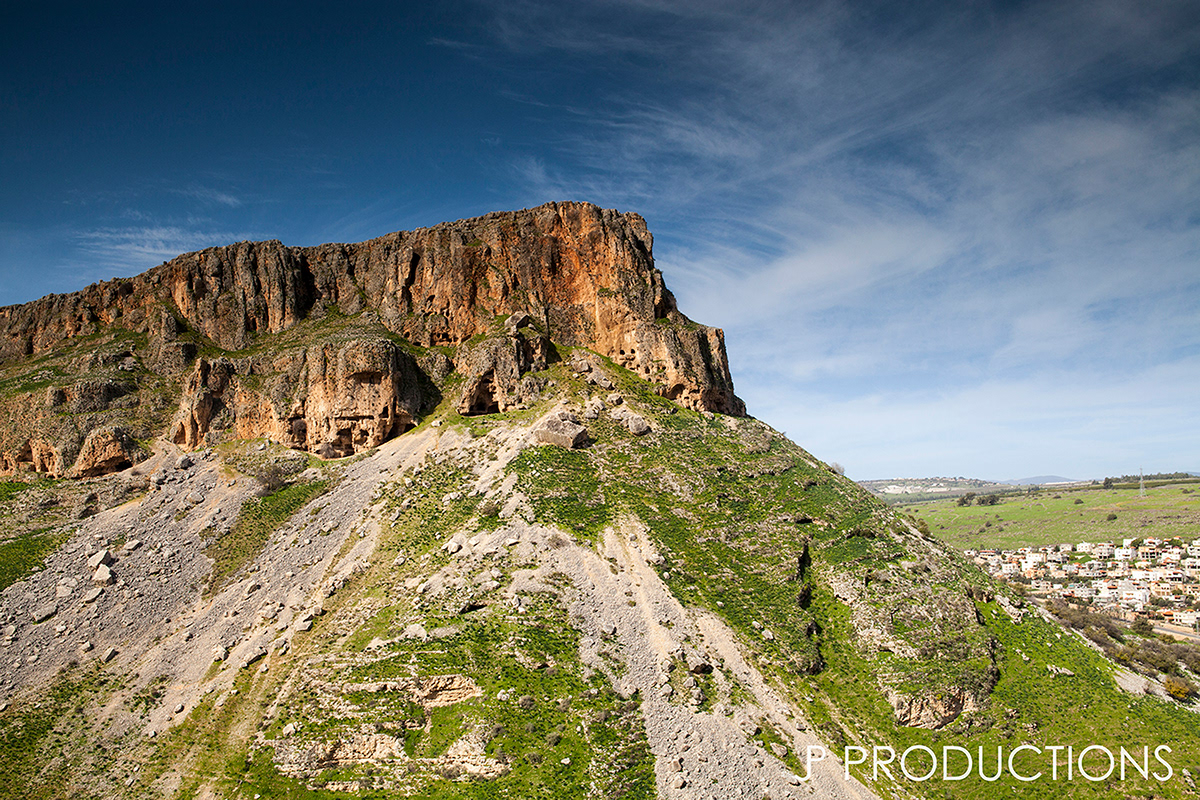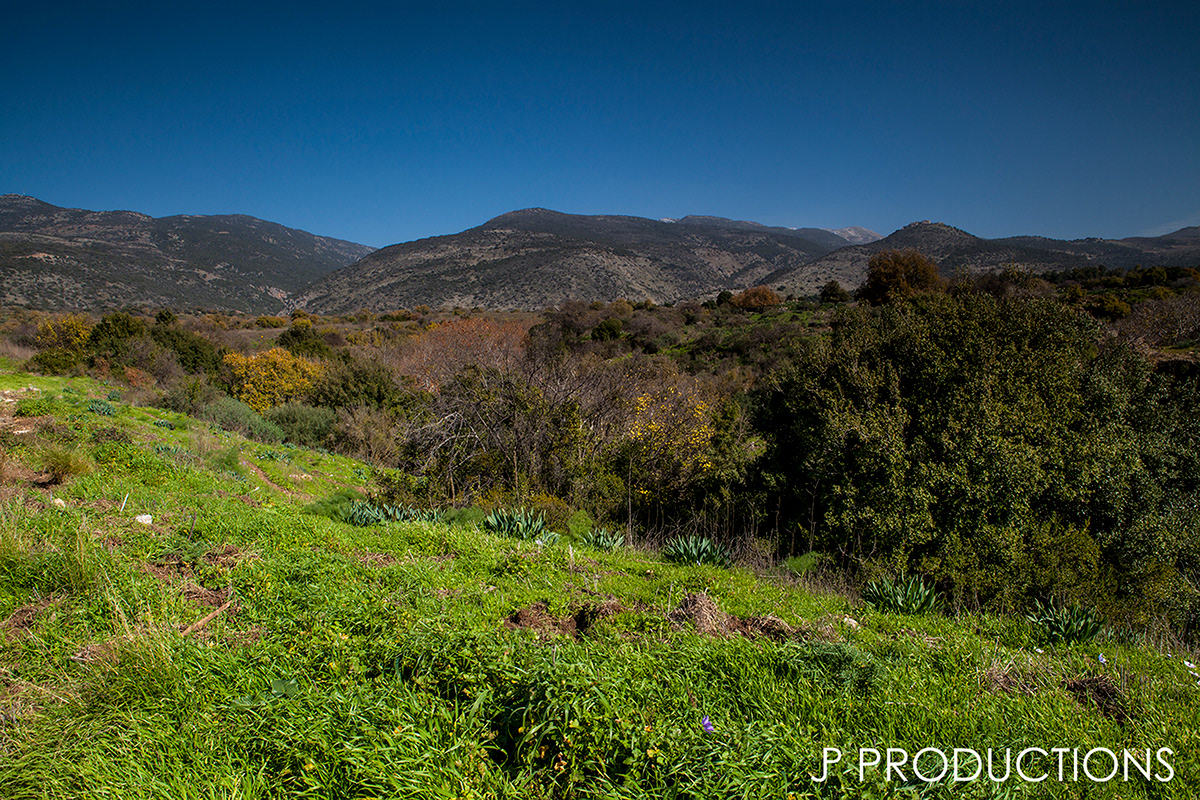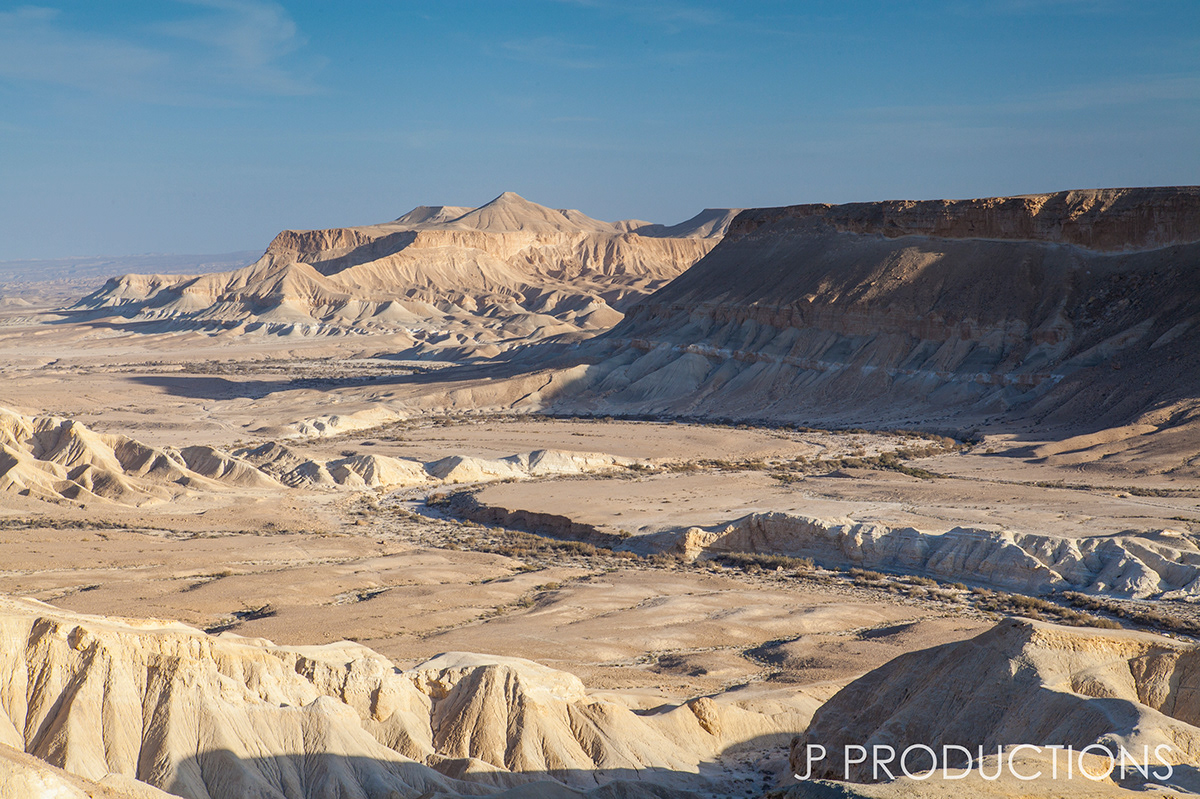What is a birthright trip?
I don't believe there are enough words to describe a ten day spritual, historical, and cultural journey with 45 strangers that you eventually develop some of the best memories of your life with. From emotional highs hiking up Mt. Arbel and the beautiful views of the Sea of Galilee, to the lows and mourning that you experience at Yad Vashem, the Israeli Holocaust Memorial Museum, the memories you gain will never be forgotten, and the attachments to the people will never be broken.
I know how cliche it sounds, but like I wrote, even if you can find the right words to describe the trip, there aren't enough of them. The most vivid memories are some of the sights: the scenery, the people, and the cities. What the media portrays of Israel is completely different than actually experiencing it. Green, rolling hills in the north, beautiful beaches along the Mediterranean Sea, the Sea of Galilee, and the mountings surrounding the Dead Sea, and the Negev Desert in the South. Birthright teaches you the basics of Israel, but the desire to return and learn, see, and experience more exists more than ever.

1 Mount Nitai/Mount Arbel
A view of Mount Nitai from halfway up Mount Arbel. A site of many ancient battles, now provides visitors with a peaceful hike up the 3,000 foot tall rock. To the east, a view of the Sea of Galilee and the Golan Heights. To the north, a vista of several Muslim villages and the hills that surround them. This was our introduction to the land of Israel, immediately breaking the stereotype of Israel as a complete desert.

2 The Holy City of Tzfat
Alleyways make up the streets of Tzfat, where buses, scooters, motorcycles, and regular cars all try to squeeze through. However, when you ignore the traffic, you realize how special and holy the city of Tzfat is. Tzfat is the birthplace of Kabbalah, the study of mysticism in Judaism, and the streets are lined with beautiful art galleries and small shops carved out of the old stone buildings.

3 Banias Hike and Waterfalls
We were lucky enough to experience the rare affect that a once in a decade rainstorm and snowstorm can have on a simple ecosystem. Around the falls you could see snow still covering the Mount Hermon from the snowstorm the week before our trip. The Banias falls are normally nothing more than a small stream, however, after the rainstorms and snowstorms, the Banias turned into a raging river and deafening waterfall.
We were lucky enough to experience the rare affect that a once in a decade rainstorm and snowstorm can have on a simple ecosystem. Around the falls you could see snow still covering the Mount Hermon from the snowstorm the week before our trip. The Banias falls are normally nothing more than a small stream, however, after the rainstorms and snowstorms, the Banias turned into a raging river and deafening waterfall.

4 Banias River
Rising from the base of Mount Herman, the Banias flows south, then runs along the western base of the Golan Heights, feeding into the Jordan River. As we hike along the paths and walkways next to the Banias, you really get a sense of the diversity of Israel's geography and ecology. It is NOT just a desert, there is so much more, there are beautiful, towering mountains, acres and acres of green farmland, and beautiful cities with thousands of years culture and architecture.

5 Misgav Am
Misgav Am is a small Kibbutz community in northern Israel. Surrounded almost completely by Lebanon, you can see constant military checkpoints and lookout towers lining the border. With the constant threat of terrorism from Hezbollah (which Misgav Am has been the victim of an actual attack), there still remains a certain peace feeling. Even with the cold, harsh winds adding to the sense of uneasiness, the citizens of the kibbutz seem very at home and at peace.

6 The Old City of Jerusalem
When walking through the walled in Old City of Jerusalem, you can feel the energy of 4,000 years of history alive in the streets. Every important civilization has a connection to Israel and Jerusalem in some way and many religions' roots are based in Jerusalem. The Dome of the Rock, a shrine where Muhammad is said to have ascended to the heavens, stands on the temple mount of the second temple. The Dome of the Rock also overlooks the Kotel, which is now considered to be the holiest place in Judaism.

7 The Markets in Jerusalem
Spending time in the Mahane Yehuda Market or "the shuk" in Jerusalem will teach you a lot about Israeli culture. On a Friday afternoon before Shabbat, the shuk is absolutely crammed with people buying food and supplies to prepare for the sabbath. With the election coming the following Tuesday, politicians parade through the market surrounded by Israeli flags trying to gather any last votes from Israeli citizens.

8 Israeli Pastry: Rugelach
Walking through the market, there are so many varieties of foods that you need several days to try all there is to offer. From breakfast foods, to dessert, there is everything in between. Walking past each stand, you can smell everything that is being baked or cooked, from falafel to shawarma, and the sweetness of rugelach. Rugelach is an Israeli pastry that can be made with a number of different ingredients, but this baker kept it simple and went with chocolate.

9 More Adventure in the Market
As I attempt to take pictures in a crowded shuk, I am constantly getting run into and pushed around. As I try to apologize to everyone I run into, no one seems to want an apology. I realized that it was never a matter of anyone being rude and ignoring me, it was just an understanding by every regular that in the shuk you WILL get bumped into, so there is no need to apologize. Eventually you will find your destination and enjoy the many delicious treats that are offered in the market.

10 IDF Soldiers
I was able to spend 5 days bonding with 8 current and former IDF soldiers as we welcomed them into our group. I honestly cannot say enough about how amazing it was to be able to listen to their stories and to hear their points of view on everything happening in the Middle East. Seeing all of the soldiers carrying assault rifles reminds everyone of the constant conflict in Israel and the surrounding countries, but at the same time, you remember how protected the country is. Constantly interracting with Israelis taught me how peaceful the citizens really are, and that is something I could have only learned by being there, not by watching NBC or CNN.

11 Sharing a Holy City
In 1948, during the War of Independence, the Hurva Synagogue was destroyed. The synagogue remained in ruins until 2005, when the Israeli government finally began its reconstruction. In 2010, the Hurva Synagogue was completely rebuilt and now resides in a small sqaure in the Old City of Jerusalem. A Muslim mosque, which is still active, stands behind the Hurva Synagogue in the Jewish quarter of the Old City. Many Muslim extremists claim that Israel rebuilt the Hurva Synagogue as an attempt to rebuild a third temple, and that the Jews would "takeover" the temple mount where the Dome of the Rock Stands. However, Israel and Jews have remained consistent on their views of coexistence, and that they are a people of peace.

12 4,000 Years of History
In very few parts of the Old City can you see the original city floor that was built almost 4,000 years ago. During our walk through the Old City, our tour guide, Daniel, would stop and tell us many stories about the place we were standing, or just a general story about the history of the Jews and Israel. The floor you see here was in a small square surrounded by modern homes, lying 23 feet below the current street level.

13 Zechariah: Chapter 8
As we were all sitting in the small square, looking down at the 4,000 year old city floor, our tour guide was explaining to us the argument of why or why not should the city of Jerusalem and the country of Israel belong to the Jews. Is it because of their connection to the land for thousands of years and through many different generations? Is it because Judaism has its roots in the land of Israel? Daniel read us a verse out of the Bible, and as he was reading this to us, an elderly woman walked through the small square with her walking stick, and to our left you could hear several children chanting and playing in a neighborhood playground.
The verse read, Zechariah Chapter 8, "Thus saith the LORD of hosts: There shall yet be old men and women sitting in the streets of Jerusalem, each one with their staff in hand due to very old age. And the markets of the city shall be full of boys and girls playing in her streets."

14 Valley of Hell
Leading up to the Temple Mount, the Valley of Hell, or the Valley of Gehinnom, provides a stunning view out of the city of Jerusalem. The Valley of Gehinnom is where children were once set to be sacrificed to Moloch, an Ammonite god.

15 Jerusalem at Night
Even as the sun resides, the Kotel and Dome of the Rock stay beauifully lit and remain prominent as an icon of Jerusalem. The Old City starts to sleep, and Downtown Jerusalem becomes the center of night life. Small shops are open for business, loud music exits the clubs, and coffee shops and restaurants are filled with patrons.

16 The Ancient Port City of Yafo
Yafo, just south of Tel-Aviv, is home to one of the oldest ports in Israel. As we walk through another alleyway full of coffee shops and artists' galleries, we learn how Yafo was once controlled by the Egyptians, which gave us yet another example of how old the cities that we were touring through really are. At the top of Yafo, a beautiful park overlooks St. Peter's Church, built in 1654 and the Mediterranean Sea to the West, and the Tel-Aviv skyline to the North.

17 Sunset over the Mediterranean
As we were given time to ourselves for a few hours to explore Yafo, I realized this was my one chance on the trip to catch a sunset over the Mediterranean, and I was in no way let down.

18 Tel-Aviv Nightlife
We happened to be in Tel-Aviv on election day, which is quite different from an American election day. Office buildings in Israel are closed, and only small shops and markets are open. It's treated as a holiday, so people are more intrigued and interested to go out and vote. That night, while I spent my time on the shoreline in Yafo during the sunset, there were numerous people walking through the town with their families, a variety of food stands.

19 Do Not Annoy Wildlife
Fortunately, we did not come across any dangerous animals. On the other hand, we did get a hands on experience with the Negev Desert, trekking up Ein Advat National Park. Once at the top, surrounded by the tan Negev sand, you can see for hundreds of miles in almost any direction. A spring runs through the middle of the canyon, and drops off a 50 foot cliff; not something you would expect to see in such a arid landscape.

20 David Ben Gurion Burial Site
At David Ben Gurion's burial site in the Negev Desert, our Rabbi held a short memorial service for anyone who had lost loved ones. Being that it is the burial site of the first Prime Minister of Israel, the man who proclaimed Israel as a State in 1948, it was fitting to hold the memorial service in a setting of such rememberance.
The desert hills stretch out over the horizon and with a rough terrain, the details of the hills are exaggerated by each shadow. As the sun sets, the sand's hue grows more tan, slowly turning the desert into a polychrome landscape.

21 Spending the Night at Chan HaShayarot
Sleeping in a Bedouin tent is not an experience you can recreate...anywhere. We ventured out for a short hike into the Negev with a full moon over our heads, giving the desert sand a slight blue hue. Our guide instructed us to take a few steps away from each other, look up at the stars and enjoy the complete silence. Growing up in New England, I've never had the chance to get away from the sounds of a city. Eventually, your meditation is broken by an F-16 or Blackhawk helicopter flying overhead in a night training exercise, but they pass quickly, and it's easy to fall right back into your previous state of mind.

22 Morning Camel Ride at Chan HaShayarot
After spending our last night together, listening to the stories and music of Salem, the Chan HaShayarot story teller, and enjoying our Rabbi's stories as well, we awoke to our morning camel ride. For about a half hour, as the sun was rising over the horizon, our camels hauled us around the Negev Desert, granting us the views of the winding desert hills.

23 Masada and the Dead Sea
Walking through the ancient Masada temple, you can still see the 2,000 year old floors in some of the rooms of the Northern Palace, which looks out over the Dead Sea. Many parts of the Masada were built by Herod "the Great," who, despite his nickname, murdered his own family and many innocent people. In the eastern distance past the Dead Sea, you can catch a glimpse of the mountains that make up Jordan's border with Israel.




